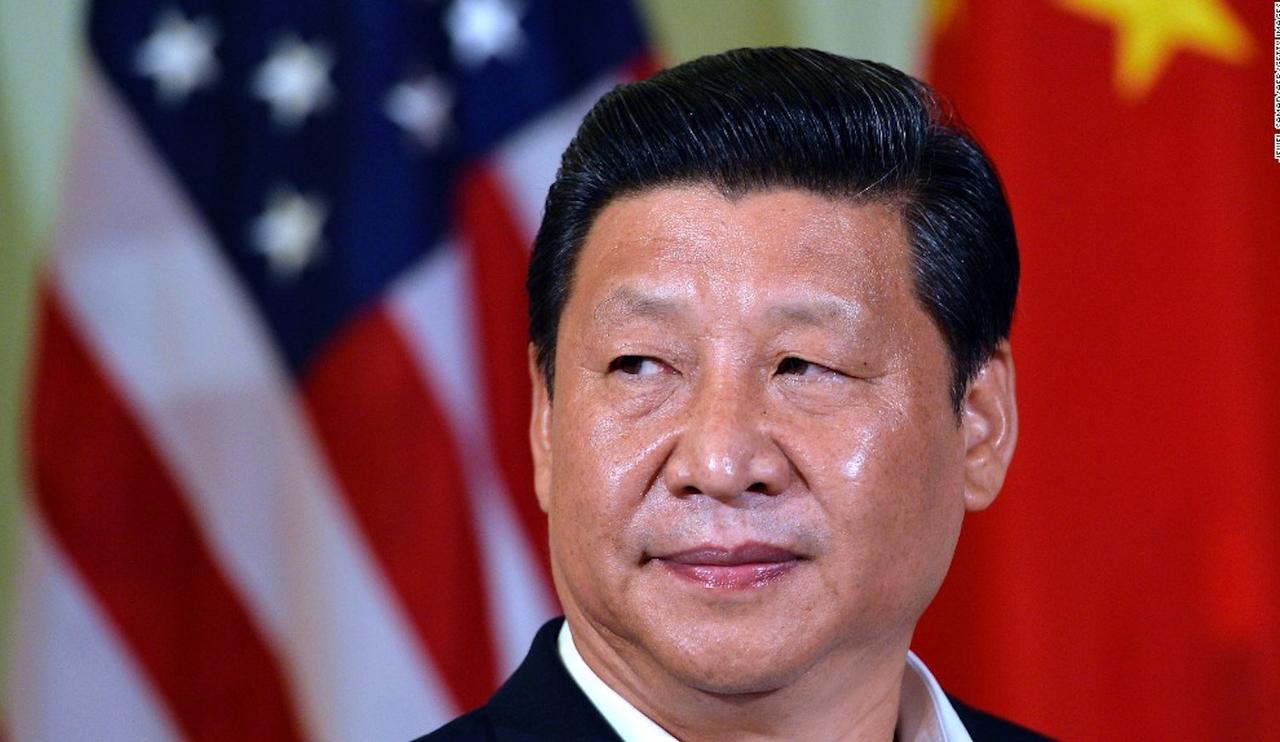
Last week, I tallied Joe Biden’s spending plans. This week, President Trump’s.
Which presidential candidate will bankrupt America first?
When Donald Trump ran for president, he promised “big league” spending cuts. Once in office, he again said he’d cut the budget, adding, “There’s a lot of fat in there.”
There sure is.
Since I was born, spending has grown faster than inflation most every year.
Then, President Obama, as Trump liked to out, “put more debt on than all other presidents of the United States combined!”
It’s true. But then Trump increased the debt just as much. Now even more, with the COVID-19 spending.
One of his first biggest increases was the $738 billion defense spending bill. Trump bragged that it was “an all-time record!” He said Democrats had “depleted” our fighting ability, so he “had” to “fix our military.”
“The ‘fix’ looks a whole lot like bloated defense spending,” says Pete Sepp of the National Taxpayers Union. “It’s more than our rivals around the world could even hope to spend.”
Sepp’s organization has fought government spending for decades. Sadly, they’ve had little success.
Now federal spending will grow even faster because:
- The COVID-19 “stimulus” will grow.
- Both political parties love spending your money.
- Old people like me keep living longer.
Sorry about that last one. But I, rudely, decline to die.
Soon, my generation’s Medicare and Social Security checks will crowd out everything else in the budget. (No, fellow geezers, we don’t just “get back what we put in.” We’ll get, on average, almost triple our FICA deductions.)
Sadly, no presidential candidate expresses much interest in addressing that: Trump promises to “protect” Social Security. Biden says he’ll increase it!
Trump was also eager to spend on special interests. He gave $16 billion to farmers and ranchers, $1.6 billion more to NASA and, despite government’s horrible track record at “picking winners,” he tried loaning $765 million to Kodak Pharmaceuticals.
After the pandemic hit, Trump joined Democrats in authorizing $6.2 trillion in new spending.
Signing that, Trump joked: “I’ve never signed anything with a “T” on it. I don’t know if I can handle this one!” The politicians standing behind him laughed.
But it’s not funny.
Now Democrats want to add even more spending.
Trump at least made some cuts, prepandemic. Sepp acknowledges that he made “important progress in reducing overhead (and) personnel costs.”
He also cut the budget of his own office, plus the Departments of Labor, Education and State. Good! The State Department is bloated with 60 subdepartments, and its spending had increased at triple the rate inflation.
Still, media pundits whined about every cut. On CNN, one “expert” called the cuts to the State Department “insanity.”
When Trump proposed other cuts, or just slowing the growth of government, Congress wouldn’t let him. Trump’s 2021 budget would still have increased spending by $39 billion. Rep. Chuck Schumer rejected that, calling it “a blueprint for destroying America!”
To sum up: What’s Trump’s total budget impact been?
Spending is up by more than $1 trillion a year. The national debt is over $26 trillion.
“Deficits and debt destroy economic growth,” says Sepp.
“Nobody’s talking about this stuff. You must be frustrated,” I say.
“Very,” he responds. “After 51 years as an organization, to see this kind of attitude and carelessness…”
When it comes to increasing spending, who is worse, Trump or Biden?
“Biden,” replies Sepp, because he promises $1.2 trillion a year in new spending. “We’re already trillions in the hole. He’s spending money out of an empty pocket!”
And Biden is favored to win.
Of course, some argue that when it comes to Republicats and Democans spending your and your grandkids’ money, it doesn’t matter who wins.
“Washington just seems to grow at the expense of everyone else, no matter who is in power,” concludes Sepp.
So, next week, I’ll report on an alternative to Biden and Trump.
COPYRIGHT 2020 BY JFS PRODUCTIONS INC.
DISTRIBUTED BY CREATORS.COM
from Latest – Reason.com https://ift.tt/3gtDDhC
via IFTTT





